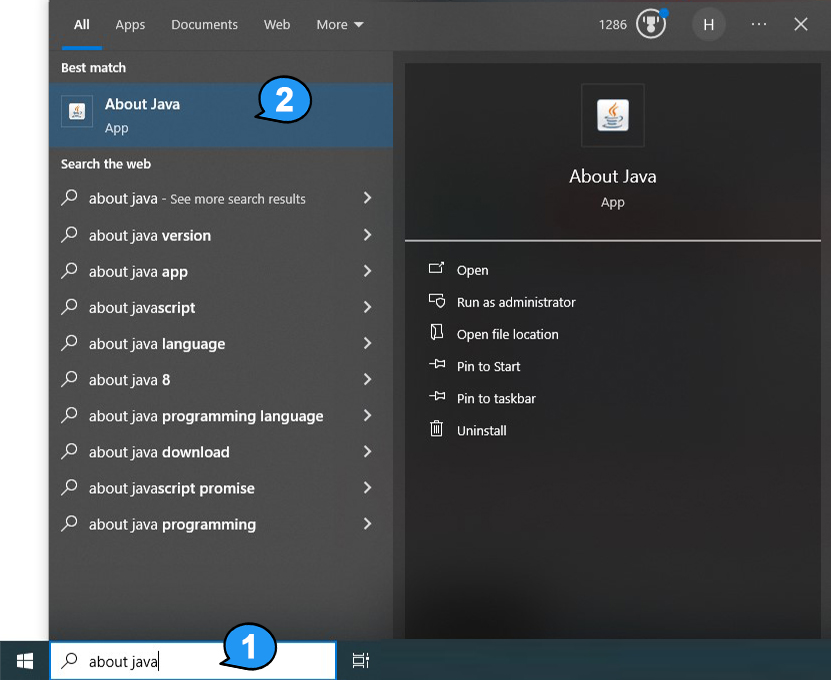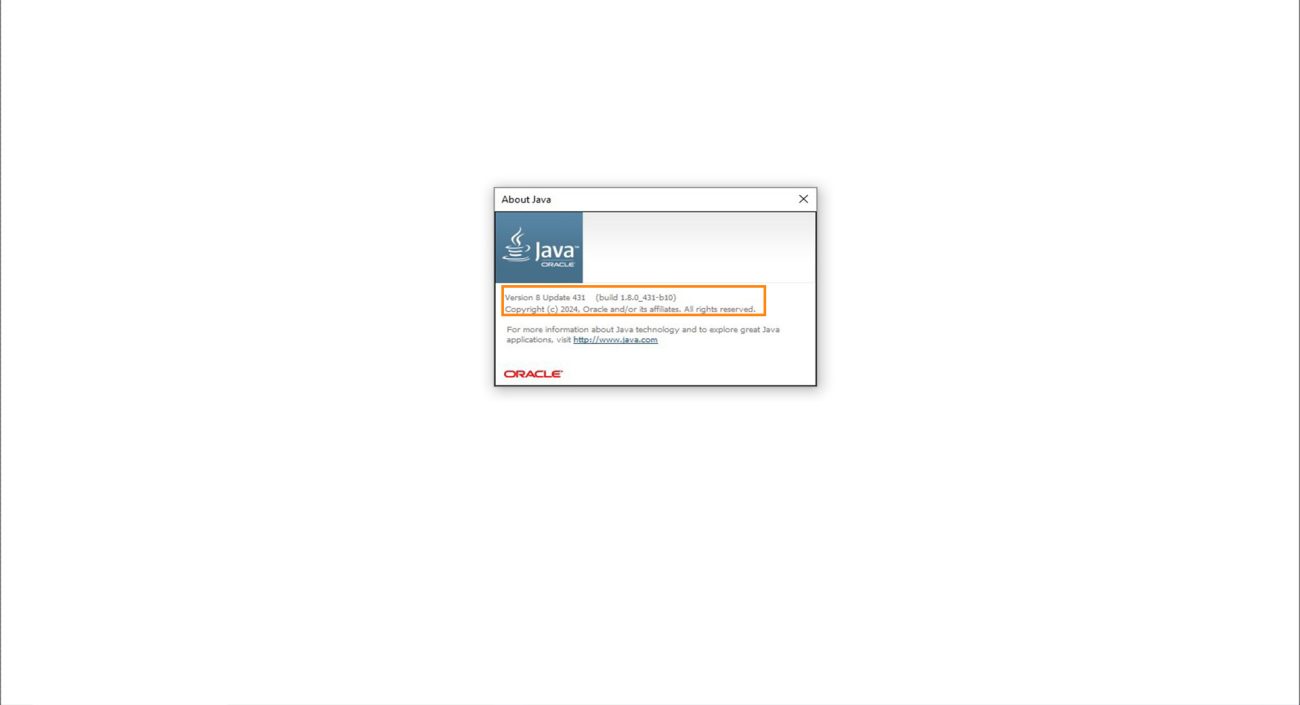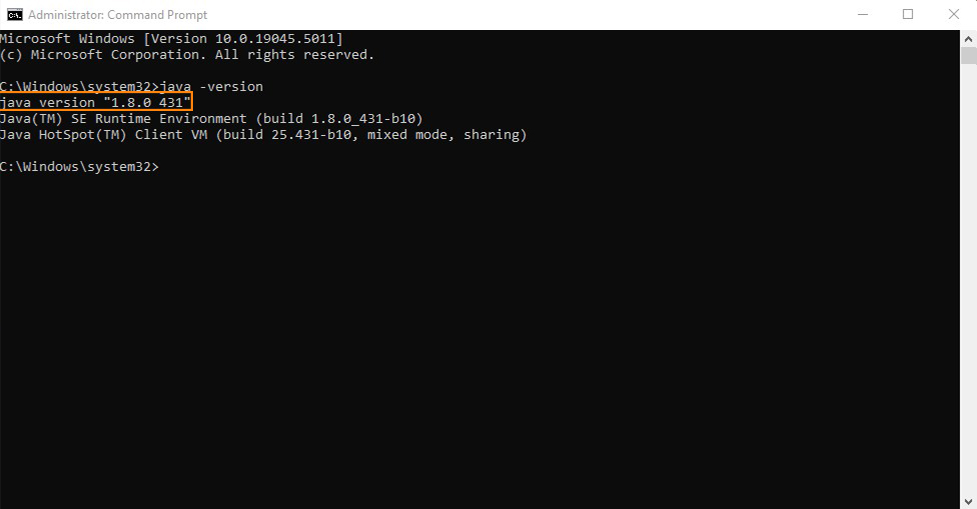Blog
How to Find Your Java Version on Windows 10
Knowing which version of Java is installed on your Windows 10 system is essential for troubleshooting, ensuring compatibility with software, or updating to the latest version. Whether you’re a developer, a user managing Java-dependent applications, or just curious about your system’s Java setup, finding the version is a simple process.
This guide will show you how to quickly check your Java version using methods such as the Command Prompt, Control Panel, or Java Control Panel. You’ll also learn how to update Java if needed to ensure your system stays secure and up-to-date.
Some apps need a specific version of Java to work correctly. You can check which version of Java you have installed either through a graphical tool or by using the command line.
Check Your Java Version Using the Graphical Method
If you’d rather not use the command line, you can easily find your Java version using the About Java utility.
Here’s how:
- Open the Start menu.
- Search for “About Java”.
- Click the first result that appears.

Here, you’ll see your current Java version listed in the first line.

If you don’t find “About Java” in the Start menu, try searching for “Configure Java” instead and click on it. Then, click “About” to view your Java version.
Check Your Java Version Using the Command Prompt
You can also check your Java version through the Command Prompt.
Here’s how:
- Open the Start menu.
- Search for “Command Prompt”.
- Click on the Command Prompt shortcut in the search results.
When the Command Prompt opens, type the following command at the prompt and press “Enter.”
java -version
You’ll see “java version” and some numbers next to it. These numbers are your Java version.

If the Command Prompt displays an error saying that Java is not recognized as an internal or external command, it likely means the system variables are not set correctly or Java is not installed. Reinstalling Java should resolve the issue.
Check Your Java Version Using PowerShell
Checking your Java version in PowerShell is similar to using the Command Prompt.
Here’s how:
- Open the Start menu.
- Search for “PowerShell”.
- Click on the top result to launch PowerShell.

Keep in mind that this method only shows the version of Java that’s in your system’s PATH. You may have multiple versions of Java installed, but this command will only display one.
If you also use Ubuntu alongside Windows, there’s a command to check if Java is installed on your Ubuntu system. If it’s not, you can easily install it.
Maximize your Windows 10 Pro Key experience and secure a genuine key at a budget-friendly price now!